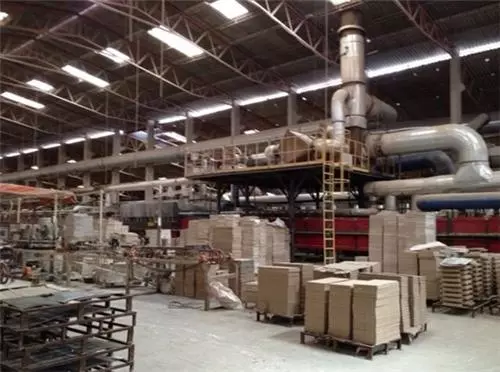Why India Needs another Ceramic Cluster like Morbi

The town of Sassuolo in the heart of Emilia-Romagna region, was an agrarian settlement sandwiched in the midst of hills. In an Italy that was still recovering from ravages of the second world war, unemployed young men had nothing much to look forward to. Today, the same town of Sassuolo produces over 80% of Italy's ceramic tiles, contributing significantly to the nation's export revenue. Sassuolo tiles are also considered to be the finest in the world – desired by the rich and the beautiful. With an annual production exceeding 400 million square meters, the cluster sustains thousands of jobs, propelling the local economy. Sassuolo's ascent began with the establishment of cooperative ventures, fostering synergies among local tile producers. Similarly, China leapfrogged to become the world’s largest supplier of ceramics by providing the wherewithal for a manufacturing cluster in the town of Foshan. The town registers 28 billion Euros per year in tile exports alone. Our own Gujarat’s Morbi is no different. Morbi, with more than 1000 tiles and sanitaryware factories, has single-handedly made India the second largest ceramic manufacturer in the world. Though power supply and labour issues have played spoilsport at times, Morbi still registers an annual turnover of Rs 50,000 crore. Exports from the town exceeded Rs 12,000 crore in the last fiscal. Morbi also manufactures 90 percent of all ceramics produced in India. To take nothing away from ingenuity of entrepreneurs in Morbi, the time has come to ask a question of ourselves – Is one Morbi enough for an aggressively developing India?
The Indian Ceramic industry has demonstrated remarkable growth, particularly in Tier II and III cities. In the fiscal year 2022, post-pandemic, the floor and wall tiles sector in India reached an impressive valuation of Rs 261 billion, with a substantial production volume of 707 million square meters. Notably, there was a 15 percent surge in demand for ceramic tiles during the same fiscal year, largely driven by developments in Tier II and III cities. The ongoing trend of urbanization is noteworthy, with an expected 50 percent urbanization rate in India by 2050, focusing on the potential of Tier II towns as the next real estate hubs. To accommodate the growing urban population, estimates suggest that urban cities in India will require 230 million housing units by 2047.
Overseas, Indian ceramics have made their mark in over 42 countries. Over the past two decades, the Ceramic industry in India has provided employment to more than 10 million people. With the biggest untapped labour force in the world & with a historical legacy of producing tiles of global repute, the Indian ceramic tile industry is well positioned to be the largest supplier to the world in the years to come.
A new ceramic cluster is to be aggressively created in the south of India and the best state to host this is Andhra Pradesh. The availability of raw materials like Ball Clay, Talc, and other clays in Dwarka Tirumala region, Feldspar and Quartz deposits in Nellore / Gudur region and under-exploited natural gas reserves in the KG basin highlight the tremendous potential for a ceramic cluster in this state. With Chennai and Vizag ports in close proximity, a new manufacturing hub in the South would drastically bring down logistical costs. The southern states have been a big consumer of ceramic tiles and the biggest in India comprising about 25 – 30% of the ceramic tile market. When tiles are procured from Gujarat to Telangana, cost of transportation per square meter is approximately Rs.50-60. However, transportation cost from Yanam to Hyderabad would be merely Rs.15. This will translate to a massive reduction in cost for the dealers as well as the end consumers.
So, what’s required? If we are to leverage India’s advantages in manufacturing, we must believe in massive manufacturing hubs. And the country can surely host another ceramic cluster. As noted by American economist Paul Krugman's theories on agglomeration, Foshan and Morbi’s ceramic clusters epitomize the benefits of geographical proximity, collaboration, and specialization. Simply put, clusters deliver!

